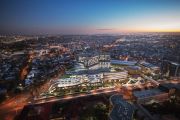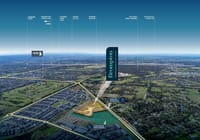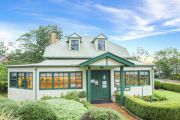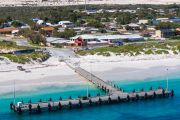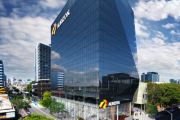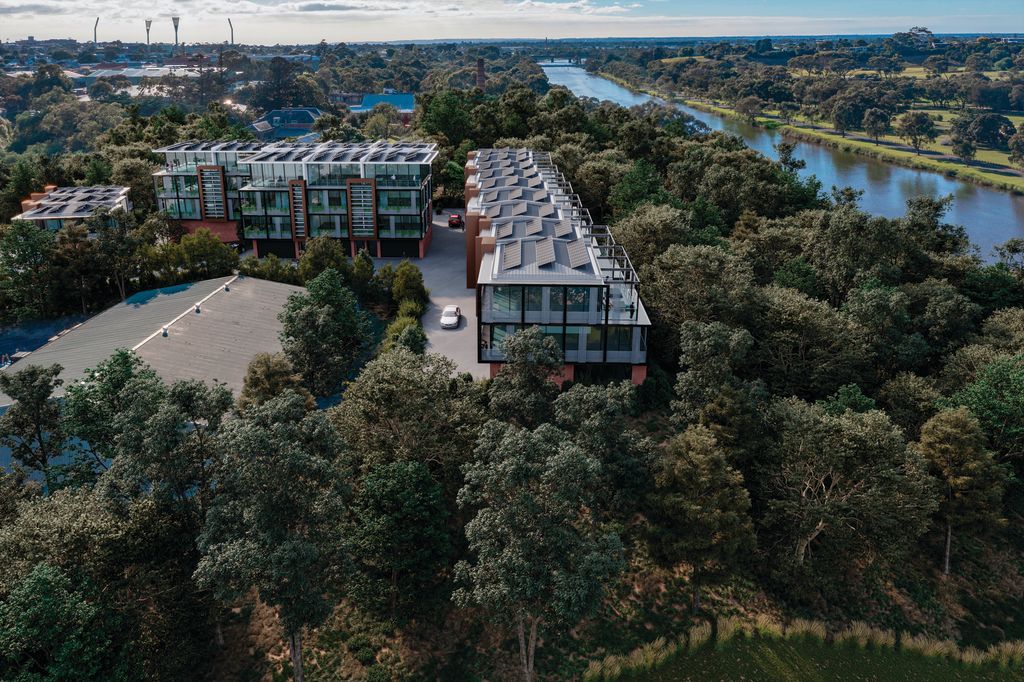
The hotspots in the regions reinventing themselves
Geelong local Jake Munday started his new business almost by accident. He and his wife Jess were looking for a neon sign for their son’s nursery and couldn’t find anything like it, so he made one himself.
Today, Custom Neon is an internationally successful neon sign business with 75 per cent of its sales coming from the US, and Munday is moving into a new business park in Geelong, 75km southwest of Melbourne.
“We love Geelong, it’s home for us,” Munday said. “And with the park being on such a prime spot along the Barwon River, it’s an incredible opportunity.”
Geelong’s new Barwon Business Park, with 22 A-grade strata offices, is now under construction by Integrated Development Solutions (IDS), founded by Melbourne property developer Phil Petch.
“The opportunities a place like Geelong offers are fantastic,” Petch said of the city which has a new defence manufacturing operation, an upgrade to its refinery and The Spirit of Tasmania relocating to its port, with a population set to almost double by 2041.
“You can just see the growth. There are great employment opportunities, lifestyle, the north-facing beach, Torquay down the road, and housing is so much cheaper than in Melbourne. The demand for commercial property has increased four-fold. We’ve had so much interest from professionals in accounting, design, engineering, and architecture, with a specialty coffee lounge also signing up.”
Geelong is just one of a number of regional and coastal towns undergoing a major regeneration of their business communities, transitioning from a past of car-making, wool processing, industrial manufacturing, agricultural processing and petrol refining, which is breathing new life into its commercial real estate.
In NSW, another shining star is Newcastle, 170km to Sydney’s north. Peter Macadam, Colliers’ Newcastle director, says the city, previously known for its coal mining, steel and industrial equipment production, these days, has become almost unrecognisable.
Since 2021, an additional 55,668 square metres of commercial accommodation has been completed, increasing the A-Grade stock level by 57 per cent, while there’ve been 26 residential projects completed since 2017, with a further 587 apartments under construction and 800 in the pre-sale phase within the CBD.
“The city has transformed its economy with so much more office space and there are so many industrial businesses looking to relocate here,” he said.
“Hotels have improved, the city has really gentrified and everything has grown. It’s now a much more energetic, positive city and the $3 billion investment in the urban infrastructure has helped create a beautiful, connected city that’s now so liveable.”
Most of the regional and coastal centres where so many new businesses are setting up shop, and creating opportunities for people seeking tree and sea changes, are not too far from the main metro areas, advises Vanessa Rader, head of research at Ray White.
“Since the pandemic, so many people moved to these alternative locations which are still accessible to the main cities,” she said. “Some started their own businesses, like professional services or creatives, which added to the energy of these places, and some joined other small businesses, like retail or small-scale manufacturing, to help them grow.
“They’ve all tended to benefit from the population surge to the regions, whether working from the garages of their homes, or in offices with online sales, and in manufacturing units.”
Some of the other regional areas that have benefitted from similar population rises have been highlighted by the latest Regional Movers Index report from the Regional Australia Institute (RAI) and Commonwealth Bank (CBA), published on December 4.
These include Maitland, near Newcastle, which has had a 3.4 per cent growth in total migration; in Victoria, Wangaratta with a 271 per cent annual growth in total net internal migration inflows in the 12 months to September quarter 2024, Queenscliff with 63 per cent, Strathbogie with 100 per cent and Moira with 269 per cent; and Queensland’s Whitsunday with an 89.9 per cent rise in the 12 months to September 2024 versus 12 months to September 2023, and then Toowoomba with a 1.5 per cent share of total net internal migration and the Sunshine Coast with the huge 11.6 per cent.
RAI CEO Liz Ritchie said, “With the continuing strong jobs market across regional Australia, increasing city property prices and ongoing cost-of-living pressures, it’s no surprise the regions remain desirable.”
